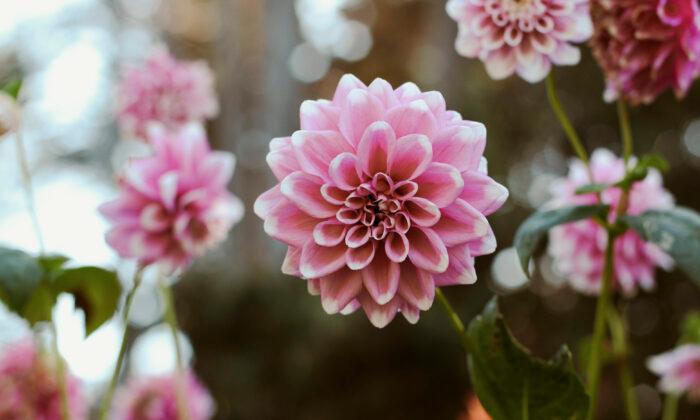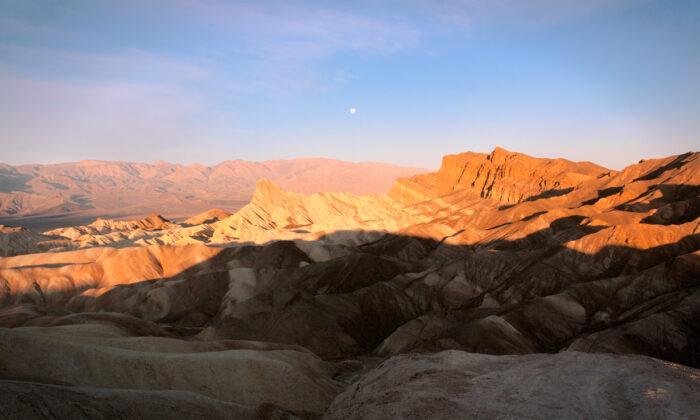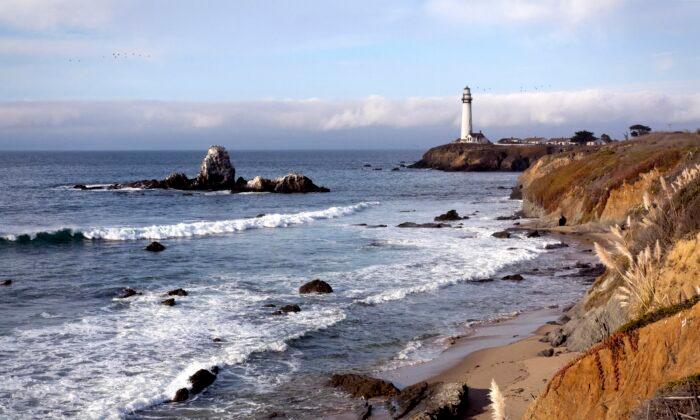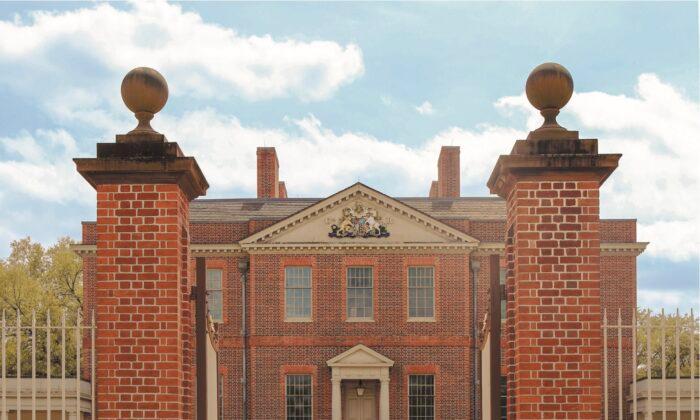A series of cultivated gardens winds its way out to untouched coastal bluffs at Mendocino Coast Botanical Gardens on the northern coast of California. The 47-acre nonprofit botanical garden is home to noteworthy collections of rhododendrons, dahlias, conifers, camellias, heaths, and heathers. Surrounded by native and curated beauty, the lush vegetable garden charitably grows thousands of pounds of fresh produce every year for a local food bank. Like the tides at its Pacific perimeter, this vibrant ecosystem ebbs and flows with all forms of life in and out of its boundaries. As many as 187 species of birds visit the garden where land meets sea, turning botanical enthusiasts into amateur ornithologists and/or whale watchers on any given day.
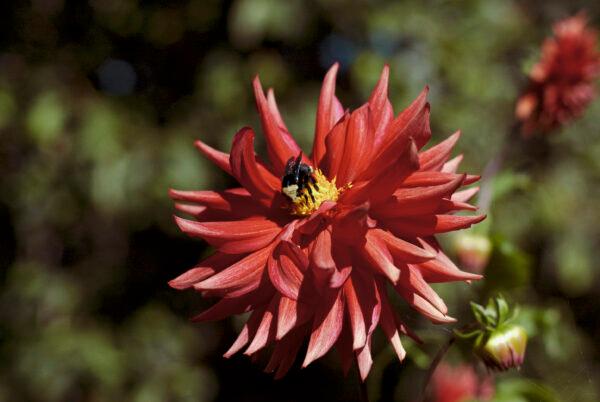
From Vision to Cultural Institution
Founded in 1961 by Ernest and Betty Schoefer, the gardens are intended to be a “living museum” where a large variety of flora is curated at the same time that two dozen acres of native, coastal scenery are conserved. Their valuable location on the Pacific Ocean is an ideal climate that evades extremes of high and low temperatures. Ernest Schoefer, who was a nurseryman by trade, saw the potential for the land with its temperate climate, quality soil, and ample amount of water provided by Fern Canyon Creek. Five years after its founding, the gardens opened to the public in 1966 and quickly gained the enthusiastic participation of local nurseries who wanted to add plant varieties to the collection.Today “the most visited cultural institution on the north coast,” Ernest’s vision is now enjoyed by over 85,000 guests annually. The gardens are well known for their rhododendron collection, which vibrantly and fragrantly blossoms every spring. Rhododendrons are natively found in the cloud forests of Southeast Asia or the Himalayas and therefore also flourish in the foggy, coastal climate of Northern California.

Collecting and Conserving Nature’s Beauty
The gardens’ most famous collection is their towering hybrid rhododendrons planted more than 40 years ago. In spring, the rhododendrons add an explosion of color to the gardens and decorate the trail with their fragrant petals. Floral beauty also abounds thanks to the dahlia collection, another personal favorite of the gardens’ founder. An ever-popular feature of the gardens’ repertoire, the Dahlia Garden features an array of some of the collection’s 150 varieties of dahlia. Occasionally used as a backdrop for weddings, the Dahlia Garden is a feast for the eyes of all who appreciate the flowers’ geometric forms and glorious colors. As a “deer resistant” plant, the dahlias also perform the practical function of protecting the perimeter of the Vegetable Garden.
Over half of the gardens’ 47 acres consist of native ecosystems. Past the “deer gates,” the coastal landscape includes fern canyons, pine forests, and coastal prairies that lead out to the ocean. This natural landscape, juxtaposed against the gardens’ non-native collections, makes Mendocino Coast Botanical Gardens a rare and unforgettable experience. Among the native plants, mushroom enthusiasts are not disappointed by the large number of wild mushrooms that pop up in the wet, winter months.

Inside the deer gates, the Perennial Garden welcomes visitors and treats them to an incredible arrangement of texture and color. Butterflies, bees, and hummingbirds bring this area to life with activity from spring to autumn. Due to a high water-table in the area, the beds are mounded for better drainage. This mounding gives the garden additional dimension and elevates its pallette of colors so as to be seen against the backdrop of the gardens’ plentiful trees and shrubs. Among the many varieties of trees, a collection of nearly 200 different varieties of conifers have earned the gardens the designation of “American Conifer Society Reference Garden.” The American Public Gardens Association has also recognized the 143-species heath and heather collection as one of “national significance.” Ocean winds are shielded by the trees, which give the Perennial Garden peaceful protection in addition to the humidity blanket of coastal fog it regularly enjoys.

Life at the Edges
An ocean loop of a little over a mile takes visitors through pine forests and out to the coastal bluffs. In this natural ecosystem, deer graze and bears have occasionally been spotted. Out in the Pacific, whales are also seen with regularity. In addition to their many other distinctions, the gardens have been made a site on “The Whale Trail,” a project founded in 2008 that collects whale-watching locations along the Pacific coastline. Throughout the year, whales, including gray, humpback, orca, and blue, can be seen in addition to Risso’s dolphins, harbor seals, and California sea lions.
Species of annual and perennial seaweeds are also found below the gardens’ coastal bluffs. The sea palm (Postelsia palmaeformis) is one of the more peculiar varieties that visitors have the chance to glimpse in the coastal waters. Looking like miniature palm trees in a hurricane, the sea palm grows along California mussel beds, and its fronds can be consumed for its dense vitamin and mineral content. Seaweed of all types thrives on the northern coast due to the nutrient-rich, cold water that comes up from deep canyons off the California coast. This ideal orchestra of natural conditions, both on and off land, combines to create a unique climate and synergistic ecosystems, all of which are being mindfully protected for generations to come at Mendocino Coast Botanical Gardens.

